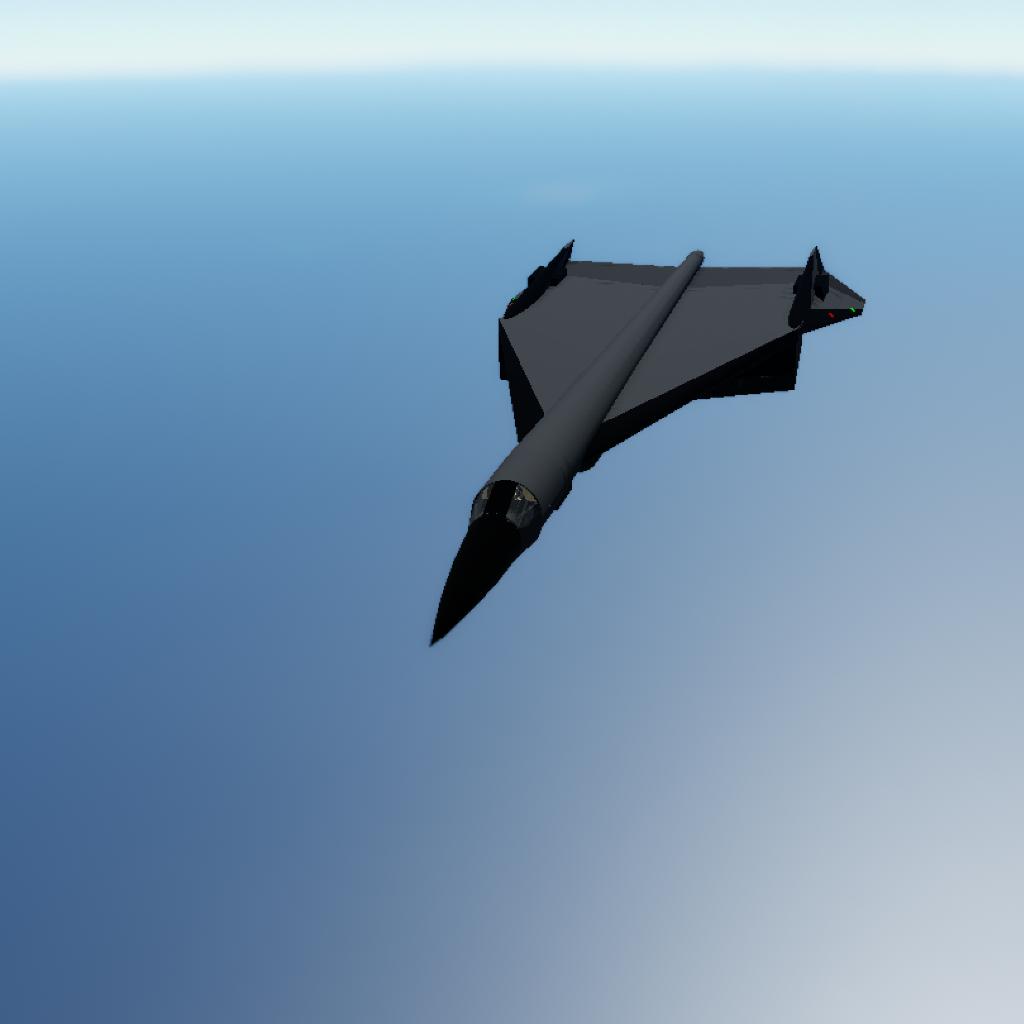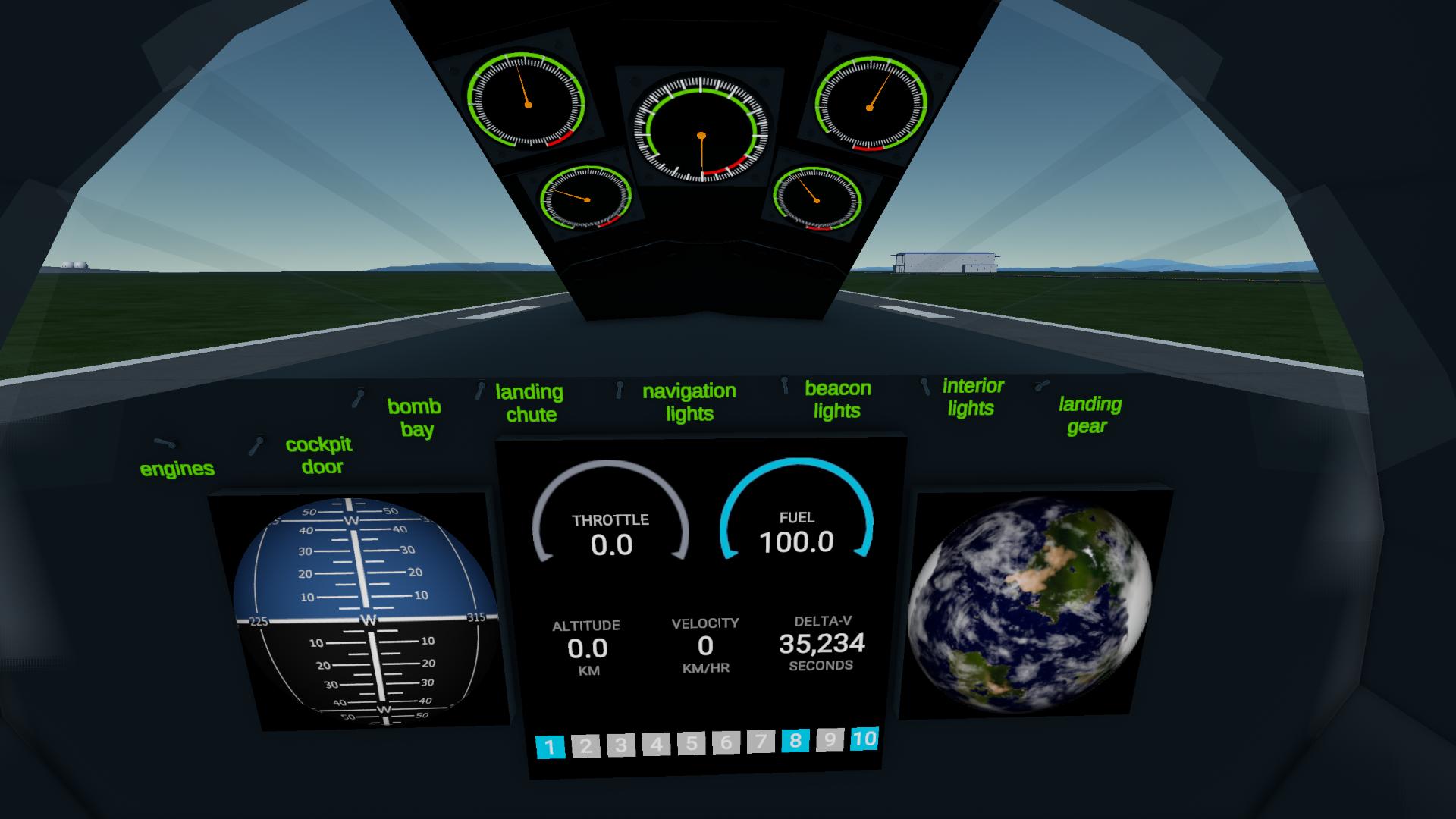Origins of the RB-20 Supersonic Bomber
Concept and Design
The RB-20 supersonic bomber, inspired by the XB-70 Valkyrie, was conceived in the late 2020s to meet the need for a high-speed strategic bomber capable of penetrating advanced air defenses. The RB-20 was designed with a focus on speed, efficiency, and crew protection, and also serves a dual role in reconnaissance and electronic warfare.
Development History
Early 2020s: The RB-20 project began as a collaboration between leading aerospace firms and defense agencies. Drawing from the XB-70's aerodynamic design, the team aimed to enhance stability, fuel efficiency, and crew protection while achieving higher speeds.
Design Features:
1. Wingtip Fences: The RB-20 incorporated wingtip fences to reduce vortex drag and improve stability at high speeds, enhancing aerodynamic efficiency.
2. Long and Stubby delta Wings: The bomber's long and stubby delta wings were optimized for supersonic flight, providing the necessary lift and speed capabilities.
3. Six Engines: Equipped with six powerful jet engines, the RB-20 could reach speeds exceeding Mach 2.52. The engines were outfitted with advanced heat shields to protect against the extreme temperatures generated during supersonic flight.
4. Ablative Heat Shields: To protect critical areas from intense heat, the nose, leading edges of the wings, front, and engine inlets were equipped with ablative heat shields.
5. Crew Protection: To minimize heat exposure, the RB-20 featured only side windows. Advanced materials and cooling systems were integrated into the cockpit to further protect the crew from high temperatures.
6. Crew Configuration: The cockpit was designed to house both a pilot and a Radar Intercept Officer (RIO) positioned behind the pilot. The RIO was responsible for navigation, targeting, and managing electronic systems.
Testing and Refinement
Mid-2030s: Extensive wind tunnel testing and computer simulations were conducted to fine-tune the RB-20's aerodynamic properties. Prototypes underwent rigorous testing in various conditions to ensure reliability and performance.
Late 2030s: Following successful testing phases, the RB-20 entered limited production. While not equipped with stealth technology, it featured advanced avionics, making it a versatile and formidable asset.
Operational Deployment and Variants
Early 2040s: The RB-20 was officially introduced into service. Its ability to reach speeds exceeding Mach 2.52 while evading advanced air defenses made it a critical asset for national defense.
Reconnaissance Variant: A modification of the RB-20 was developed without a bomb bay, tailored for reconnaissance missions. This variant included enhanced sensors and cameras to gather critical intelligence and was equipped with electronic warfare protection systems to defend against enemy radar and missile systems, ensuring its survivability in contested airspace.
Summary
The RB-20 supersonic bomber represents a significant advancement in strategic bombing and reconnaissance capabilities. By combining the innovative aerodynamic concepts of the XB-70 Valkyrie with modern advancements in propulsion, heat protection, and electronic warfare (for the reconnaissance variant), the RB-20 has become a critical component of modern air forces. Its versatility and high-speed capabilities ensure rapid and reliable delivery of payloads and intelligence in high-threat environments, solidifying its role as a key asset in national defense.









